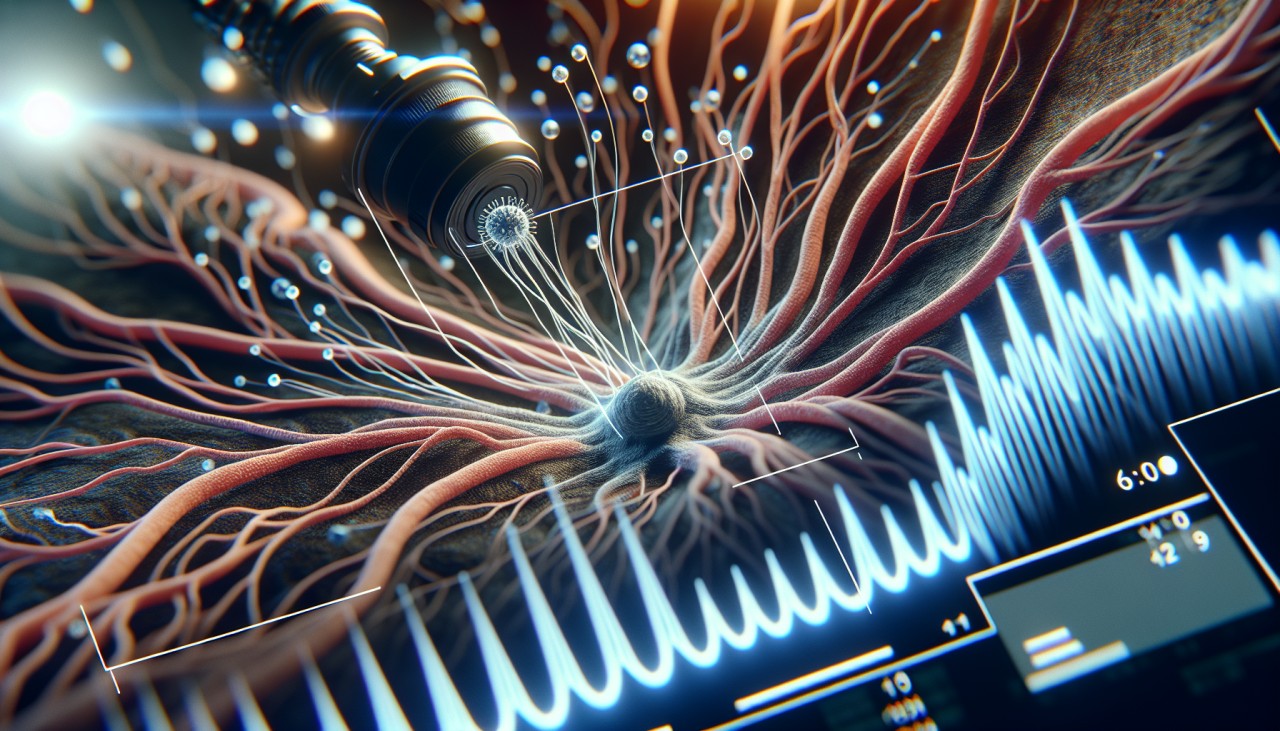


Neural dust represents a groundbreaking advancement in medical technology, offering a minimally invasive method to monitor and stimulate nerves and muscles. Developed by researchers at the University of California, Berkeley, these tiny sensors, each about the size of a grain of sand, are powered and communicate via ultrasound, eliminating the need for wires or batteries. This innovation allows for real-time, precise monitoring of internal nerves, muscles, or organs, potentially leading to new treatments for conditions like epilepsy, immune system disorders, or inflammation. engineering.berkeley.edu
The versatility of neural dust extends beyond diagnostics; it holds promise for therapeutic applications as well. By wirelessly stimulating nerves, these devices could offer targeted treatments for various health conditions. For instance, they might be used to modulate nerve activity in patients with chronic pain or to restore function in paralyzed limbs. The ability to deliver electroceutical therapies through such implants opens up new avenues for non-invasive treatments, potentially reducing the need for traditional surgical interventions. healthcareitnews.com